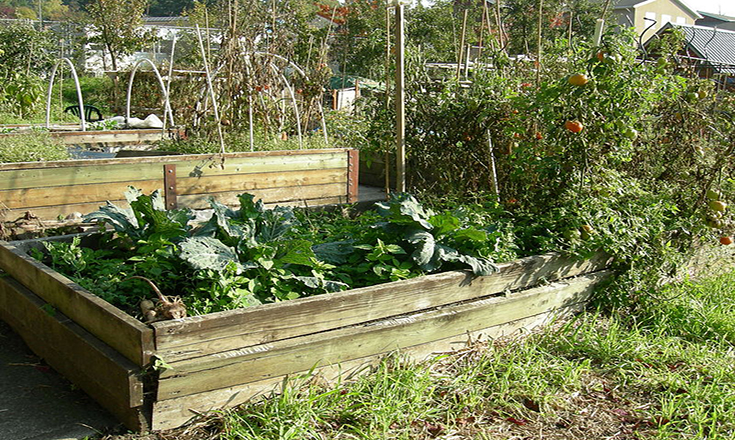The most recent COSI event on October 31st featured Student Support’s Food and Resource Specialist Zach Hunter. This discussion focused on sustainable food systems and exposing the myth of food scarcity in our communities. Hunter started off with engaging the students and faculty present to share their thoughts. Questions about what hunger in America looks like and the myth of food insecurity were brought up. In addition, solutions for sustainable agriculture were also highlighted.
Topics ranged from food mirages and swamps to corporate control of the world’s food supply. Prison labor and the plight of migrant agricultural workers were brought forth as concerns for many. One message to the audience asked for individuals to think of ways in which we as members of the global community can respond to these issues. This discussion prompted participants to share valuable perspectives as to what we as consumers are led to believe when we buy everyday grocery items.
Food swamps, Hunter explained (a phrase which was new to many of the students present), are distinctly different from food deserts. Because a food swamp is defined as an area with an abundance of fast food chains, it is considered to be an even stronger predictor of malnutrition in low-income areas than food deserts.
Hunter described how the monopoly on food supplied to chain grocery stores, schools, and prisons such as Kellogg’s, Aramark, and Nestle (two companies on this infographic chart) push many Americans to make inaccurate assumptions. These assumptions influence how we view accessibility, production and distribution of familiar food brands.
The Capitol Hill neighborhood was used as an example of how commodification of wellness and nutrition as socioeconomic symbols of status and wealth and the illusion of plentiful access to healthy, affordable food (called a food mirage) in low-income areas can be seen in our very own communities.
At the conclusion of the event, participants shared insight and suggestions for finding solutions, such as community farming in Seattle Housing communities like Yesler Terrace, where residents can grow their own produce while volunteering in the community gardens.
One attendee stated the following: “Working together as a community to share food amongst our neighbors might be another solution as well. It can be as simple as bringing people together to share meals as a community.”







Be First to Comment